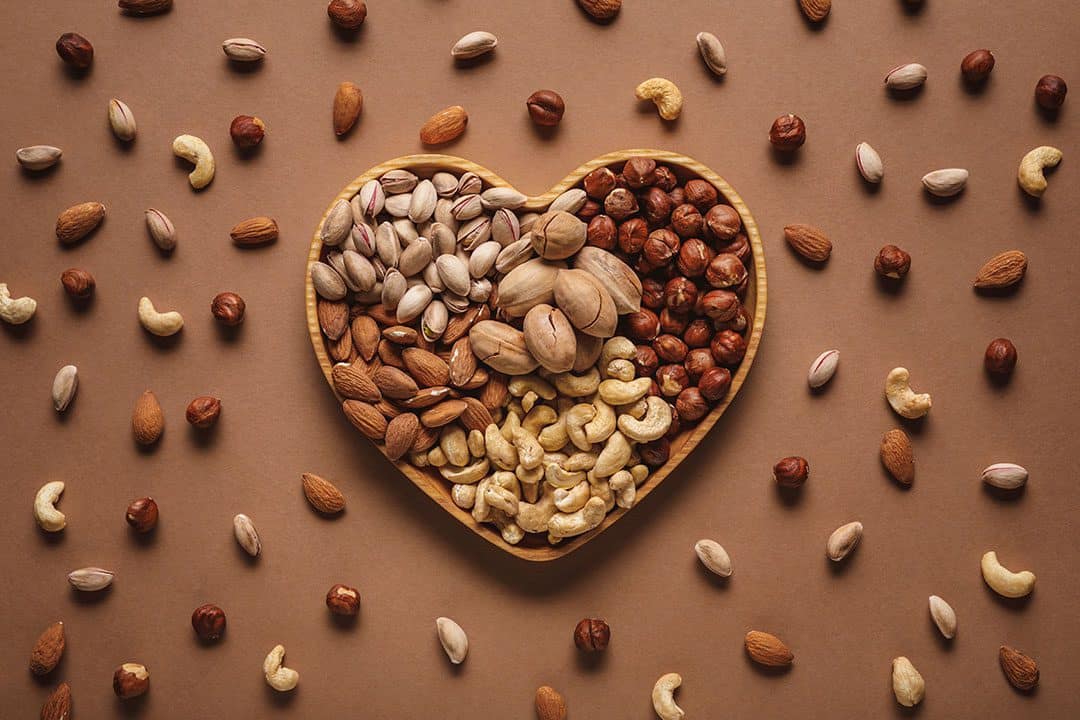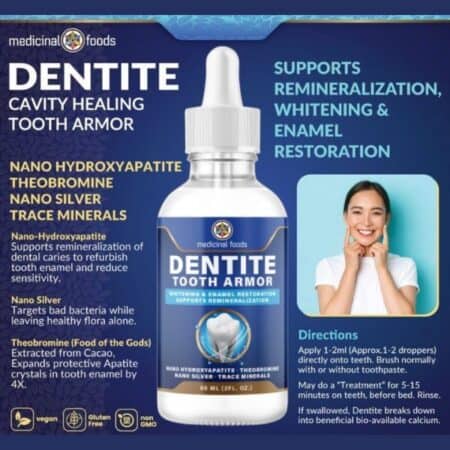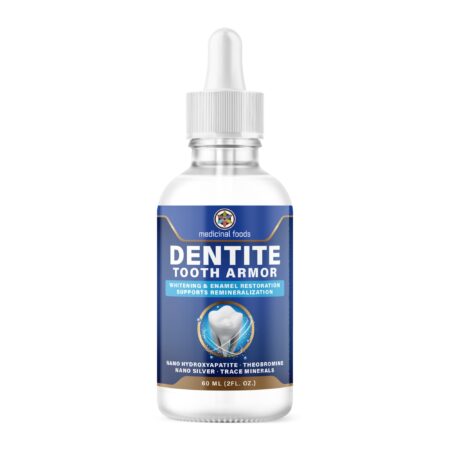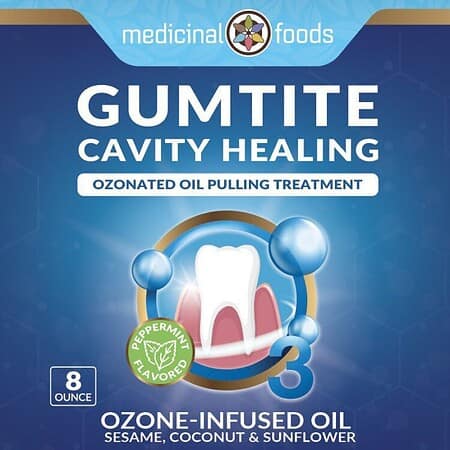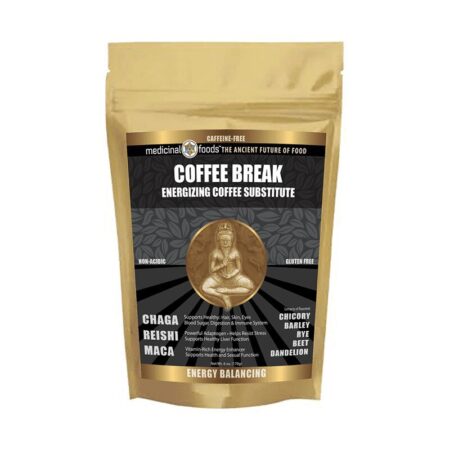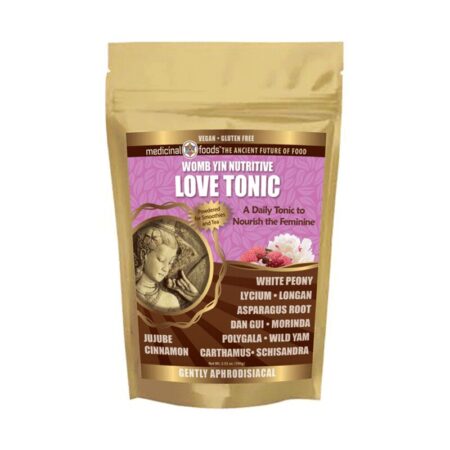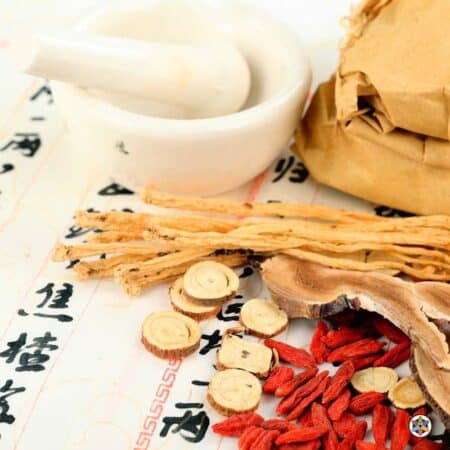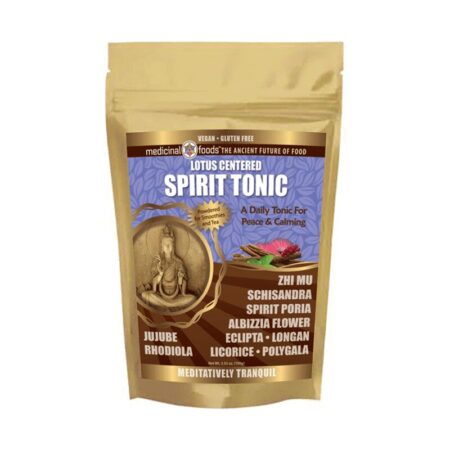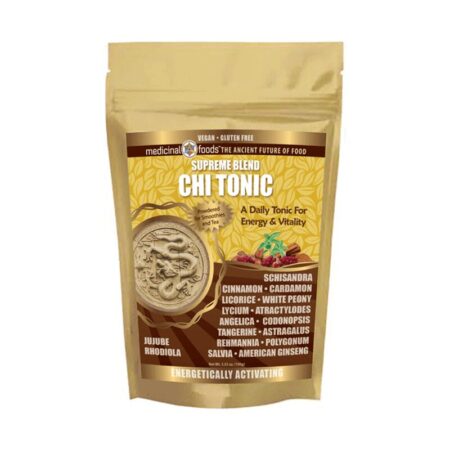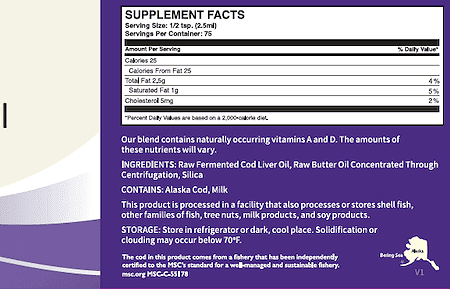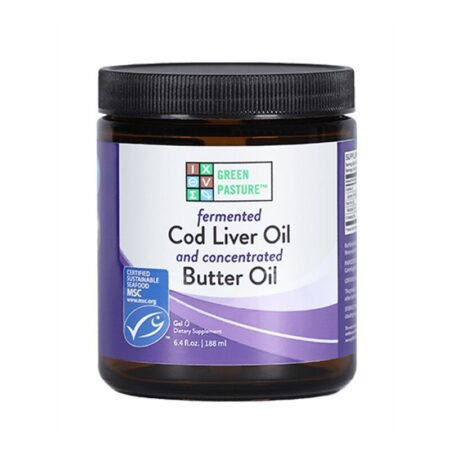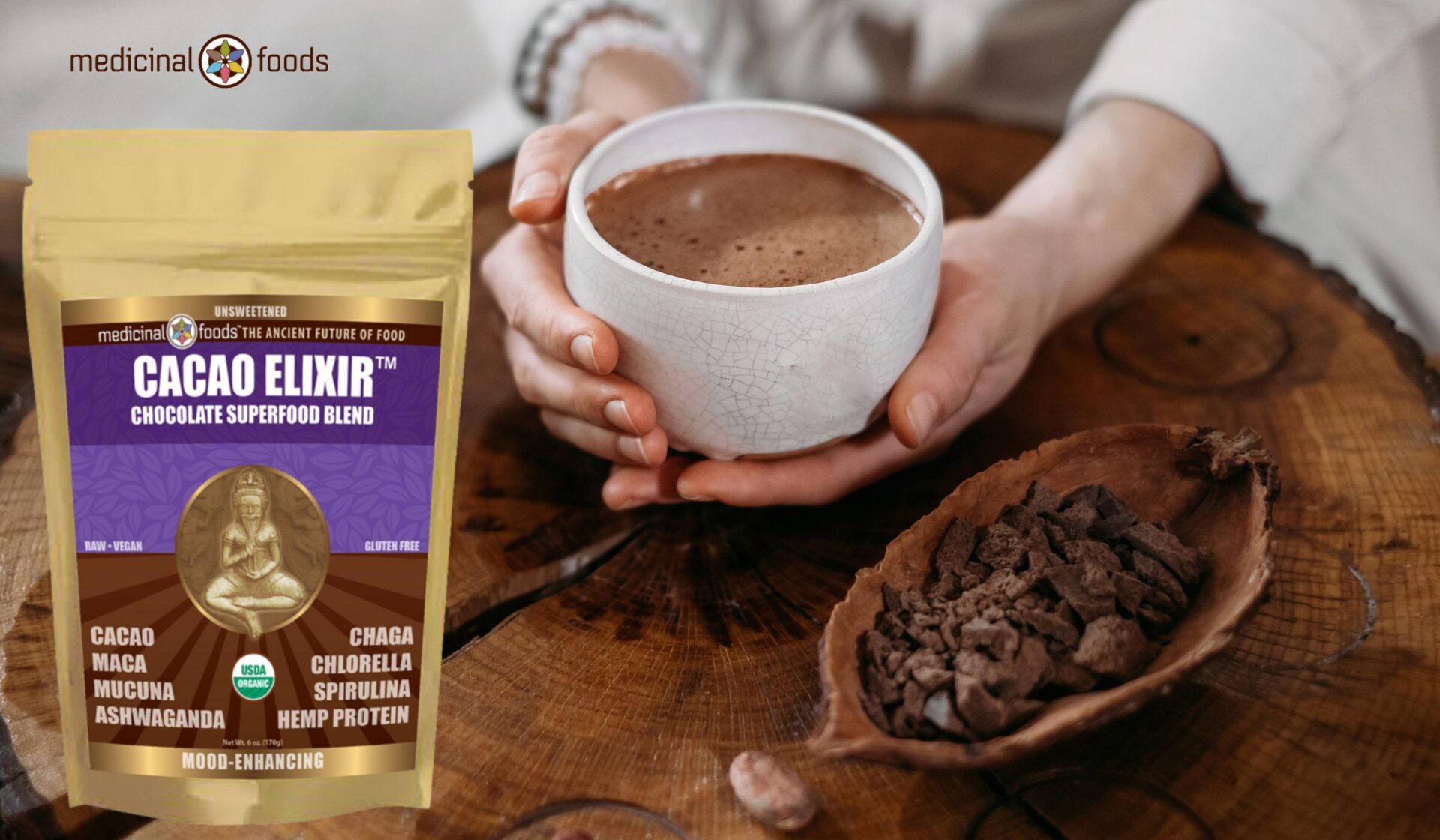Almonds, chestnuts, walnuts, oilseeds… are keto friendly nuts or not? Which ones are the best?
If you’re like me, you probably love a good portion of cashews or almonds (especially if they’re salty). And at the same time, you also like to enjoy the results that a low-carb diet can bring you.
But can you eat this kind of food on this diet? And more than that: are the different varieties of oilseeds all the same in terms of their effects?
Oilseeds are vegetables that have oils and fats that can be extracted through suitable processes. So — before seeing in detail which ones can and which cannot be eaten in this diet — let’s understand the benefits or reasons for consuming them.
Are nuts keto friendly?
The first reason to consume oilseeds is the fact that they are very tasty. Whether you prefer almonds, cashews, or pistachios — or whatever — the fact is that a serving of it can be quite tasty.
It may seem irrelevant to include this reason here — but it’s interesting to know what drives people to consume certain foods. And oilseeds — even if they didn’t have any health benefits — would still be eaten by a lot of people, because they taste good.
But of course, it’s not just the flavor that makes them stand out. Oilseeds do not spoil easily, do not require special storage (for example, do not need to be kept in the fridge), and take up relatively little space.
For all these reasons, a mix of these foods is considered a good low-carb snack option. Even because they certainly give you more satiety than an equivalent serving of fruit, cookies, or cereal bars.
Therefore, they are very practical to have in your bag as an emergency plan for trips, trails, and much more.
They also have nutrients. They have several vitamins and minerals that support good health.
Among them, we can cite as examples:
- Vitamin B1;
- Vitamin B2;
- Vitamin B6;
- Vitamin E;
- Copper;
- Iron;
- Magnesium;
- Manganese;
- Selenium;
- Zinc.
These vitamins and minerals are present in varying proportions – depending on the oilseed in question. For example, while a single Brazil nut contains 100% of the recommended daily intake of selenium, 30g of hazelnuts contain virtually none of this nutrient. However, those 30g of hazelnuts contain around 80% of the recommended daily intake of manganese. Therefore, a mix of oilseeds can provide some essential nutrients for our body.
It is necessary to mention that one cannot count 100% with the vitamins and minerals mentioned above. Anyway, just know that this kind of food is not nutritionally empty and can contribute to your diet.
These foods also have good fats. When we talk about “good fats”, we are referring to the ones naturally present in food. That is, natural, unprocessed fats. This classification includes egg yolks, olives, fat naturally present in meat, fat from fruits such as coconut, avocado, oilseeds…
The proteins present in these foods are not a nutritionally complete protein type. And — even if you used several combinations of different ones — it would still be very difficult to reach your daily protein intake using just them (this is even a very relevant concern for vegetarians, and especially vegans).
But it is undeniable that they have some protein — a nutrient essential for many functions in our body. Just don’t rely solely on them to meet your daily protein intake.
The amount of carbohydrates varies according to each type of oilseed. It is also for this reason that we can use oilseed and chestnut flours to make low-carb recipes. Because options like almond flour or Brazil nut flour are much lower in carbs than regular ones — like wheat, cassava, corn, rice, and oatmeal.
They are practical, tasty, and tend to have a good nutritional profile for a low-carb diet (as they have good fat, some protein, and relatively little carbs). For all these reasons, they are considered good options for snacks.
But they should not be the basis of the diet. Looking only at their benefits would provide an incomplete view of these foods. For this reason, we are going to present to you the main reasons why you should in no way exaggerate in the consumption of almonds, chestnuts, macadamias, walnuts, pistachios and oilseeds in general.
What nuts are keto friendly?
Let’s not talk about the price of these tasty foods (which tend to be higher than meat, eggs, and vegetables). And not even the relatively common allergies to them — because in that case, probably the best option is to avoid them altogether.
Instead, let’s focus on other reasons not to binge on them. Even because exaggerating in oilseeds is one of the most common mistakes of beginners on this kind of diet.
Although they are generally considered low-carb foods, they still have a significant amount of carbohydrates. That’s because they contain about 4 to 66 grams of net carbs per 100g — varying from one to another. So, while some of them, like pecans, are very low in carbohydrates, others have plenty of this macronutrient.
Another negative point of oilseeds is the fact that they are extremely appetizing. Due to their flavor and texture, they can be considered hyper-palatable. That is, foods that "we can’t stop eating" or that it’s very easy to "eat too much without even realizing it".
For example, you would hardly be able to “exaggerate” the amount of boiled eggs you eat in a single meal. However, it is extremely easy to eat a 100g packet of salted cashews while watching a movie. That would represent about 25g of digestible carbohydrates, and about 570 kcal.
For comparison purposes, this is the amount of calories present in about 8 eggs. Only you wouldn’t eat 8 boiled eggs as a "snack" without even realizing it. Because eggs would bring much more satiety than oilseeds.
Remember how we said that oilseeds have some nutrients — like iron, manganese, and selenium? The problem is that they also have antinutrients. In short, they are chemicals naturally produced by plants — often as part of their defense strategy.
In humans, they can cause some problems, such as difficulty in digestion, worsening absorption of other nutrients from food, and vulnerabilities in the gut’s semipermeable barrier. This can lead to increased inflammation, which can cause gastrointestinal problems and discomfort.
For example, one of the most common antinutrients in oilseeds is phytate or phytic acid. This antinutrient can decrease your absorption of minerals like zinc, iron, magnesium, calcium and manganese. And not only that — but also the absorption of the other nutrients you ingest.
Many people read this and think the following – “Wow, I’ll never eat oilseeds again. See how dangerous these low-carb diets are?” But the fact is that several other foods commonly consumed have phytates as well.
Take the case of brown rice: 100g of raw brown rice has more phytate than 100g of hazelnuts, for example. With the downside that it will also feature around 70g of digestible carbs. Not to mention that it is even easier to eat 100g of rice than 100g of hazelnuts a day.
We had given the example of rice (which is also valid for wheat, beans and other common foods in the diet of most people) to remember that a good part of the population already eats a significant amount of antinutrients in their daily lives.
Apart from that, it is possible to minimize the antinutrient content of oilseeds. Although they have a certain amount of it, it is possible to take some measures to try to minimize their adverse effects. Not least because they are not exclusive to these foods, and are present in most vegetables.
For example, in the case of legumes, such as beans and lentils, to eliminate most of their antinutrients, we can do two things – soak them for about 24 to 36 hours (changing the water every 12 hours) or cook them at high temperatures (which everyone does so they can be eaten).
And the same applies to oilseeds: we can soak them in water for a few hours. Or we can heat them in an oven at a high temperature for a few minutes. These methods do not eliminate 100% of the antinutrients, but they do help a lot.
In addition, humans have adapted to ingesting some of these antinutrients — provided they are in small amounts. In fact, some researchers even believe that very small doses of these antinutrients can be beneficial to health. Acting, in this case, as a type of “positive stress” or hormesis — just like exercise, or even periods of intermittent fasting.
Macadamia nuts keto friendly?
The question that remains is the following – “How many (and which) nuts can I eat a day to lose weight?” For this, we will analyze below the amount of carbohydrates in each type.
| Food (Quantity) | Carbohydrates | Fiber | Liquid Carbs | Protein | Fats |
|---|---|---|---|---|---|
| Almonds -100g | 29,5 | 11,6 | 17,9 | 18,6 | 47,3 |
| Hazelnuts -100g | 16,7 | 9,7 | 7,0 | 15,0 | 60,8 |
| Cashew nuts – 100g | 29,1 | 3,7 | 25,5 | 18,5 | 46,3 |
| Brazil nuts – 100g | 15,1 | 7,9 | 7,1 | 14,5 | 63,5 |
| Portuguese chestnut – 100g | 44,41 | 6,6 | 37,8 | 2,8 | 2,2 |
| Macadamias -100g | 14,2 | 8,6 | 5,6 | 7,9 | 75,8 |
| Walnuts – 100g | 18,4 | 7,2 | 11,1 | 14,0 | 59,4 |
| Pecans – 100g | 14,0 | 9,6 | 4,4 | 9,2 | 72,0 |
| Pine nuts – 100g | 43,9 | 15,6 | 28,3 | 3,0 | 1,0 |
| Pistachios – 100g | 27,7 | 10,3 | 17,4 | 21,3 | 46,0 |
The numbers presented represent the amount of net carbohydrates in 100g of raw oilseeds. Except for the pines.
As you can see on the table above, macadamias are very high in fat, which doesn’t mean that you shouldn’t consume them, but you should be careful with the dosages, and try other kinds of oilseeds that contain less fat depending on what your goal is.
Generally, you will find chestnuts, oilseeds, walnuts, hazelnuts, macadamias, etc., in markets, “natural product” stores, fairs, among others. But you’ll probably find better prices if you do a quick search online. There are several websites that sell oilseeds in general.
With that, you understood that it is much easier to fit 100g of Brazil nuts than 100g of cashew nuts, for example, in your ketogenic diet. However, they can be very caloric. And those 100g of Brazil nuts can add up to more than 600 kcal — even with few carbohydrates.
Therefore, the question of quantities is not fully answered by looking only at carbohydrates. But the fact is that adjusting quantities is entirely individual, and it would be impossible to provide a rule that would apply to all people. In any case, the important thing is to understand that oilseeds are not the basis of a low-carb diet.
The basis of your diet should be meat, eggs, fish, and vegetables. Oilseeds can be viewed in the same way as cheeses and dairy products: delicious and healthy, although responsible only for a small amount of what we should ingest daily. You should consume these keto friendly nuts to complement and make your diet even more tasty.


